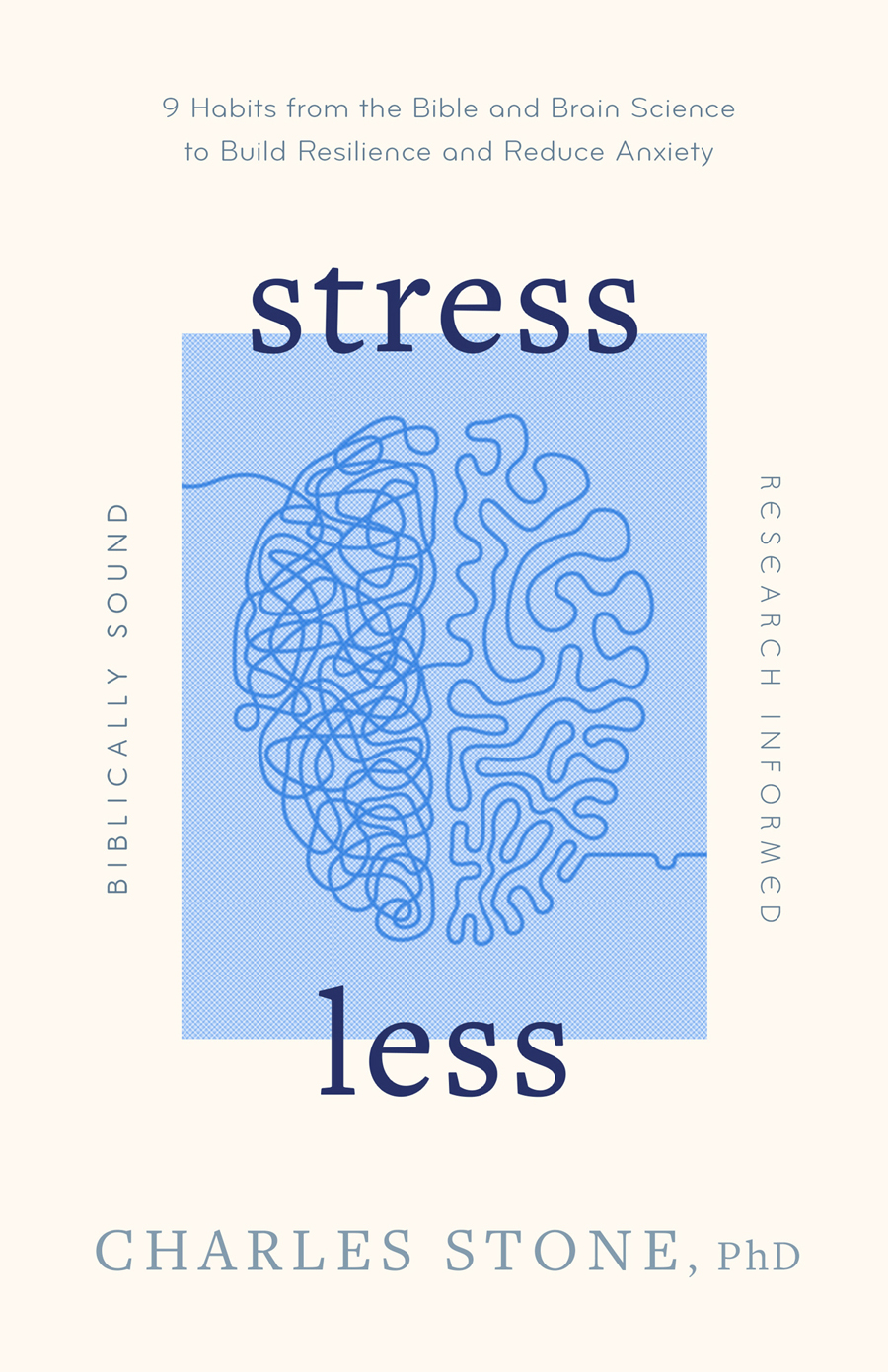I received an executive master’s degree in the neuroscience of leadership a few years ago and learned so much. I just completed a graduate certificate in Mind, Brain, and Teaching from Johns Hopkins University and learned a boatload there. Christian leaders and pastors can learn much from the latest neuroscience discoveries about the brain. Neuroscientists have discovered that the brain profoundly impacts leadership, emotional regulation, motivating others, navigating change, team building, and effective communication. If you spend much time preaching or teaching, you’ll find these 6 ideas helpful for your sermons.
All pastors want themselves and others to become more like Jesus. For that to happen, thinking, behavior, and habits must change. Those changes don’t occur in a void. Rather, God takes what we learn about the bible, character, and God honoring behavior to transform us. A major input to this new way of living comes through preaching and teaching.
But for lasting change to occur, our brains must imbed new information into our long-term memory instead of our short-term memory. Think of the difference between cramming for a test in geography the night before the test (we soon forget the facts) and learning a new language (if we continue to use it, the language gets imbedded deep within our memories). Neuroscientists call this embedding process consolidation. The name itself pictures the process. Although initial information comes into our minds through our five senses, it passes through a part of the brain called the hippocampus. However, if we want the new information (i.e. our sermons) to stick, the memories must be spread to other parts of the brain to consolidate them into long term memory.
So if you want to increase the chance that life transformation happens through your preaching and teaching, consider these practical steps to help imbed your teaching into long term memory thus making your sermons more “sticky.”
- Increase focused attention by engaging more senses than just sight and sound. Creatively use taste, smell and touch. When people pay more attention to your sermons, they engage the hippocampus more. And unless it is engaged, people won’t remember what you say.
- Deliver your sermon in an organized way. Use a visual metaphor or picture at the beginning to tie the talk together. This is called pre-encoding which organizes the brain to remember better. If you deliver your sermon in a random way, however, memory decreases.
- Break up the message into two parts and place a different element between each (ie. video or music). In the second part creatively review the content you presented in the first part. The following week again review the previous week’s main points. Neuroscientists have discovered that spacing between learning something and practicing it increases memory retention.
- Use a power point flashcard at the end of the talk by asking the people to fill in the blanks of your sermon’s key points. When someone self-generates information it sticks much better than when they are simply told information.
- Ask the people to personally apply one aspect of the message to their own lives. This concept called self-relevant processing deepens memory more than almost anything else. It relates to helping them emotionally connect to what you want them to learn. Emotional stamping is a powerful memory enhancer.
- Ask the people to imagine themselves not only doing the application but also to imagine the context (where) in which they will do it. Again, neuroscience has discovered that people recall memories better when they imagine the context in which they learned or practiced something new.
Run the upcoming bible study or sermon you plan to give through this grid and see what improvements you can make to make your talk more sticky.
Related posts:



Pingback: 8 Great Reads for Preaching Pastors - Week of Sept. 19 - David M. Pett